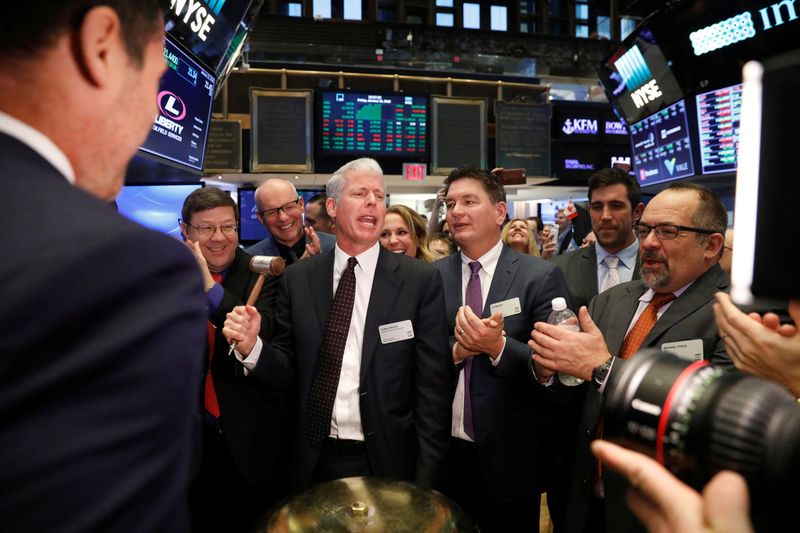Eurozone business activity contracts in November

The Eurozone has experienced a downturn in business activity in November, with both the services and manufacturing sectors contracting. The HCOB Flash Eurozone Composite PMI Output Index, which is a measure of the overall health of the economy, fell to 48.1, marking a 10-month low and indicating contraction. This figure was down from October’s reading of 50.0, which signals no change in activity levels. The services sector, which had been expanding, joined manufacturing in contraction, with its PMI Business Activity Index dropping to 49.2 from 51.6 in October, also reaching a 10-month low.
Manufacturing continued to struggle, with the Manufacturing PMI Output Index decreasing to 45.1, a slight decline from 45.8 in October, and the overall Manufacturing PMI falling to 45.2 from 46.0, both reaching a two-month low. The data, collected between November 12 and November 20, reflects the second contraction in three months for the Eurozone.
The decline in output is attributed to diminishing demand, as new orders have decreased for the sixth consecutive month, and at the fastest rate in 2024. This reduction was more pronounced in manufacturing, but the services sector also saw a significant drop in new business. The decline in new business from abroad, including intra-Eurozone trade, was the largest since the end of last year, with new export orders decreasing sharply.
Confidence in the future of the Eurozone economy has also waned, with business sentiment falling to its lowest level since September 2023. The drop in optimism was most notable in the service sector, where it reached a two-year low. In France, pessimism was recorded for the first time in over four years, while German companies showed a slight improvement in confidence compared to October. Nonetheless, the rest of the Eurozone maintained a strong positive outlook for the coming year, despite a slight decrease in optimism.
Employment across the Eurozone was marginally reduced for the fourth month in a row, with a marked decrease in manufacturing jobs, the most significant since August 2020. In contrast, the services sector saw an increase in employment, the fastest in four months. Germany reported a fall in staffing levels, while France and the rest of the Eurozone saw an increase.
Prices in the Eurozone have continued to rise, with input cost inflation accelerating to a three-month high in November, although it remains below the average for the year. Services input prices have surged, counterbalanced by a reduction in manufacturing input costs. Output prices also increased at a faster rate than in October but were still below the average for the year. Germany, France, and the rest of the Eurozone all reported increases in output prices.
Inventories and supply chains were also affected, with manufacturing firms reducing their purchasing activity at the fastest rate in 2024. Stocks of purchases and finished goods were lowered more than in the previous month, and suppliers’ delivery times remained broadly stable.
Dr. Cyrus de la Rubia, Chief Economist at Hamburg Commercial Bank, commented on the situation, noting the challenges faced by the Eurozone’s economy amidst political uncertainties in France and Germany, as well as the impact of the U.S. presidential election. He highlighted the unexpected drop in the services sector and the stagflationary environment, with declining activity and rising prices. De la Rubia also mentioned the possibility of a rate pause by the European Central Bank (ECB) in December, although a 25-basis point rate cut is more likely to be supported by the majority.
This article was generated with the support of AI and reviewed by an editor. For more information see our T&C.







